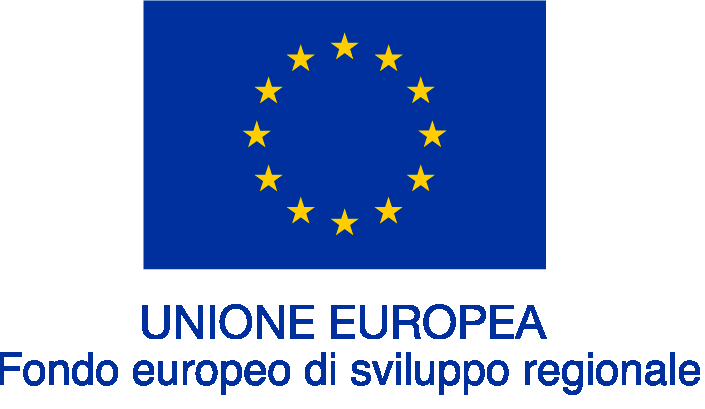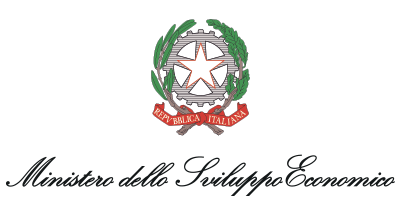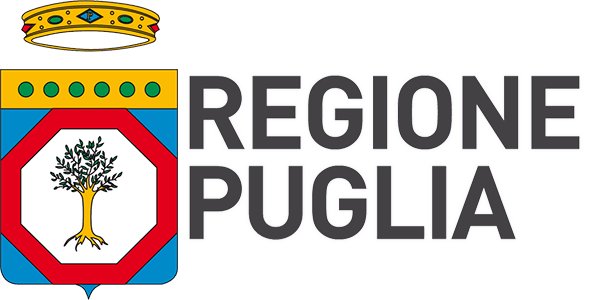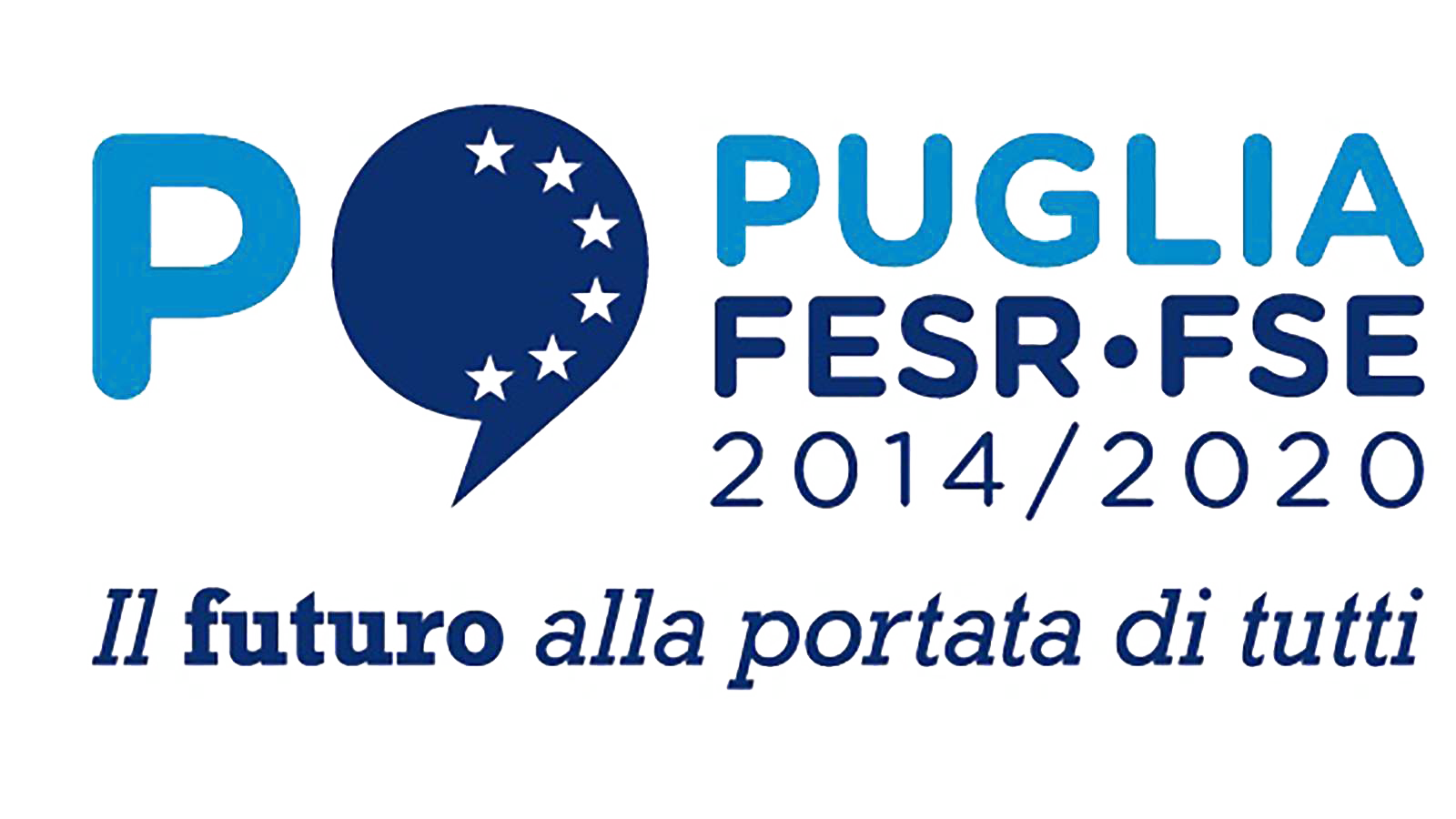NATALE 2024, DATI, METEO E TRADIZIONI
Dai datteri alla cioccolata calda ecco come i retailer possono trasformare le incertezze in opportunità grazie all’intelligenza artificiale
Abbiamo tracciato le tendenze sui consumi degli italiani ed illustrato il ruolo dell’AI per affrontare un Natale all'insegna della sostenibilità e della qualità.
Il Natale 2024 arriva in un clima economico di incertezza, in cui le abitudini di consumo si stanno adattando alla situazione complessa del mercato. Secondo l’ultima indagine condotta da Confimprese in collaborazione con Jakala, le famiglie italiane, sempre più attente e parsimoniose, si trovano a gestire una flessione nei volumi di acquisto che ha segnato un calo dello 0,4% rispetto allo stesso periodo del 2023, con il 44% delle famiglie che, da giugno a settembre 2024, ha registrato una riduzione del potere d'acquisto. Il trend, già evidente tra il 2022 e il 2023 con una diminuzione dell'1,7% nei volumi di acquisto, è compensato da un aumento del 7,9% nella spesa complessiva, dovuto all’inflazione che spinge i prezzi verso l’alto e porta i consumatori a spendere di più, pur acquistando meno (fonte: NielsenIQ).
In questo scenario, il Natale potrebbe rappresentare una boccata d'ossigeno per il settore retail e la ristorazione, con la speranza che le festività riattivino i consumi nonostante le difficoltà. Ma cosa possono aspettarsi i retailer?
“I retailer non possono controllare costantemente i consumi, sempre più spesso influenzati da dinamiche macro-economiche e non, ma possono prepararsi in anticipo attraverso la stima puntuale dei fabbisogni per minimizzare le inefficienze e massimizzare i margini anche in caso di vendite più contenute” - afferma Andrea Paparella, il nostro responsabile commerciale.
Pandoro, panettone datteri un must per tutti, ma attenti alle variabili
A Natale ci sono tradizioni che si ripetono ogni anno: secondo i nostri dati, ad esempio, i datteri vedono un aumento di consumo del +600% rispetto al resto dell’anno. Altri prodotti immancabili come pandoro e panettone sono in vendita da novembre a febbraio, con un picco del +189% durante la settimana di Natale. Ma non è sempre così, ci sono situazioni in cui altre variabili possono influenzare l'andamento delle vendite di questi prodotti, ad esempio: da alcune evidenze interne, in caso di tempo avverso, le vendite del pandoro calano del 15% mentre quelle del panettone crescono del 10%.
Sebbene ci siano dinamiche che possono essere comuni a tutta la grande distribuzione, altri fattori possono variare in base al meteo, promozioni, posizione del punto vendita (anche all’interno della stessa regione) eventi locali, ricorrenze. Infatti dati riportati riflettono le evidenze emerse dall’analisi di specifici contesti, ma altre dinamiche potrebbero emergere analizzando situazioni differenti, sottolineando l’importanza di approcci personalizzati e contestualizzati.
Piatti pronti e cucina casalinga: tradizione e innovazione, il connubio perfetto durante le feste
A conferma di questo, abbiamo condotto uno studio di confronto tra Nord e Sud Italia evidenziando, per il primo, un aumento dell’interesse verso i piatti pronti. Infatti, al Nord, le vendite di piatti pronti crescono del 93% durante le feste, suggerendo probabilmente una preferenza per soluzioni pratiche e veloci. Al Sud, invece, prevale la tradizione culinaria casalinga natalizia, e le vendite di piatti pronti calano del 67%.
Come possono i retailer organizzarsi per un Natale dalle prospettive incerte?
Durante le feste, i retailer sanno che alcuni prodotti hanno un incremento di vendite. Partiamo dai dati di base: la Coca-Cola, ad esempio, registra un +40% e i digestivi un +28%, probabilmente in vista delle abbuffate natalizie. Tuttavia, le vendite sono influenzate da molte altre variabili, come le promozioni, il meteo e gli eventi.
Le promozioni sono certamente un motore di vendita, ma durante il Natale risultano meno efficaci: il loro effetto sulla Coca Cola ha un impatto 36% minore rispetto ai periodi non festivi. Anche le festività possono influire diversamente sulle vendite complessive: il Natale, ad esempio, genera un incremento delle vendite del 19% rispetto alla Pasqua. Prendiamo adesso a riferimento un prodotto simbolo della stagione fredda: la cioccolata calda. La posizione geografica influisce in modo significativo sulle abitudini d’acquisto, con differenze evidenti tra Nord e Sud Italia. Nella settimana di Natale, le vendite di cioccolata calda crescono del 200%, ma il meteo aggiunge un ulteriore impatto: in caso di pioggia, le vendite aumentano del 18% al Nord e del 52% al Sud. Sembra quindi che la combinazione di maltempo e cioccolata calda sia irresistibile ma da valutare ogni volta con in modo diverso.
Ma non è tutto, anche gli eventi locali possono avere un impatto significativo sulle vendite, aggiungendo un’altra dimensione alle feste. Ad esempio, durante le celebrazioni patronali di San Nicola a Bari, il 6 dicembre, e di Sant’Ambrogio a Milano, il 7 dicembre, le vendite di alcolici registrano un ulteriore incremento fino all'11%. Questo evidenzia come le tradizioni locali giochino un ruolo cruciale anche durante il periodo natalizio, influenzando la domanda.
“Per sapere in anticipo come affrontare le incertezze del prossimo Natale, prosegue Andrea - il miglior modo è adottare un sistema di intelligenza artificiale che consenta previsioni precise dei fabbisogni, influenzati costantemente da ciò che il retailer controlla (es. promozioni e prezzi) e soprattutto ciò che il retailer subisce dall’esterno (meteo, ricorrenze, eventi), a livello della singola SKU per ciascun punto vendita. Se, malauguratamente, il trend di vendita dovesse risultare sempre contratto durante il Natale, i retailer potrebbero comunque estrarre valore da volumi minori, evitando i tipici esuberi di magazzino del periodo, che vengono poi tipicamente smaltiti con prezzi (e di conseguenza, margini) minori dopo la fine delle feste.
Intelligenza artificiale per ridurre gli sprechi e ottimizzare gli stock: la nostra soluzione per i punti vendita
Per gestire al meglio le incognite delle vendite, abbaimo introdotto Delphi, una soluzione di intelligenza artificiale che sfrutta modelli prescrittivi di intelligenza artificiale per automatizzare la gestione del punto vendita ed aiuta oltre 300 punti vendita in Italia a ridurre gli sprechi e ottimizzare gli stock, evitando carenze e sovrapproduzione. Come evidenziato dai dati interni, Delphi ha ridotto le eccedenze di magazzino del 6% sugli alcolici e del 16% sui prodotti natalizi. “Grazie a Delphi, il capo negozio o il responsabile acquisti da centrale possono pianificare con maggiore precisione, evitando esuberi di magazzino e garantendo una disponibilità adeguata per un servizio ottimale”, afferma Andrea.
In un Natale segnato da incertezze economiche, i retailer italiani possono cogliere l’opportunità di rafforzare i margini grazie a una gestione efficiente delle scorte, supportata dall’intelligenza artificiale. Con Delphi, i retailer possono trasformare il periodo natalizio in un’occasione di crescita e stabilità, garantendo ai consumatori un’offerta all’altezza delle aspettative, senza il rischio di scorte eccessive e margini ridotti post-festività.








